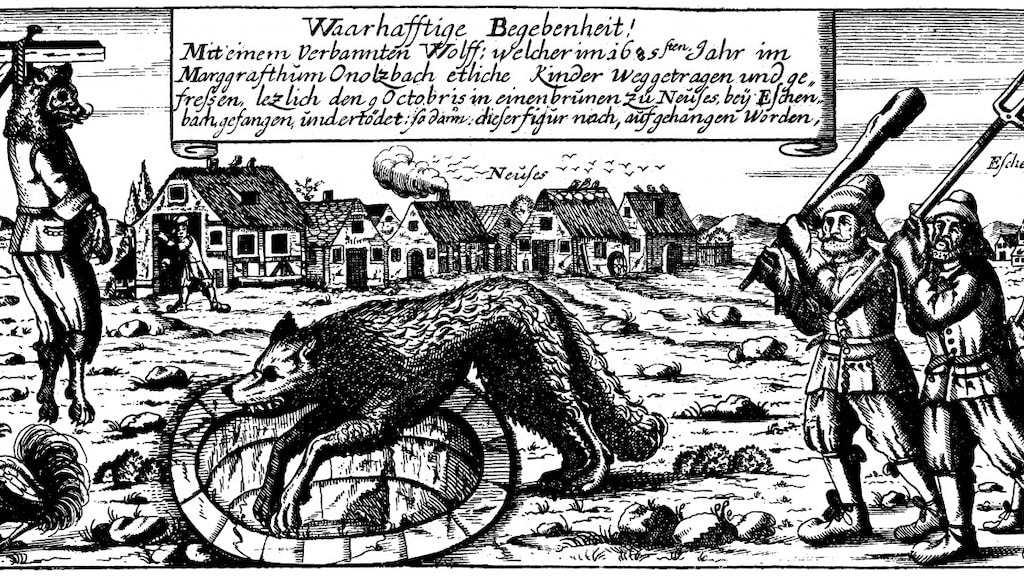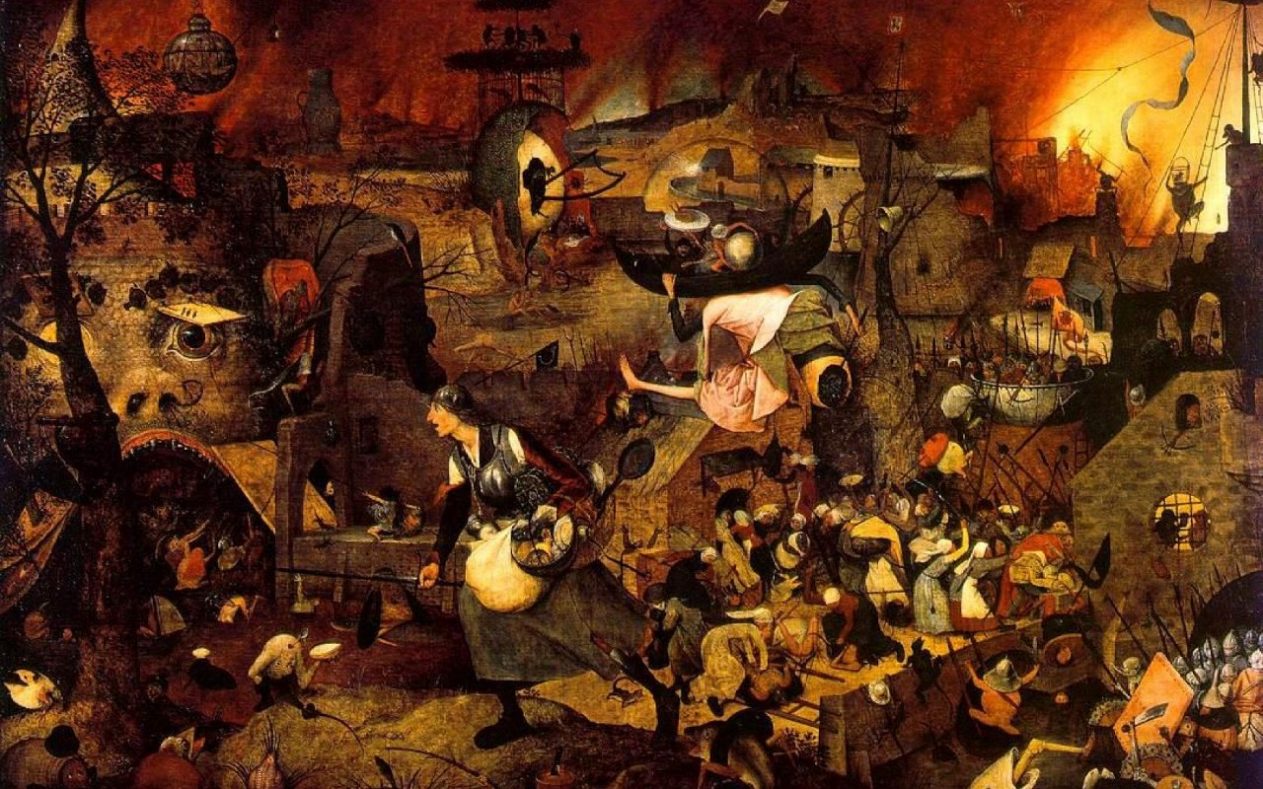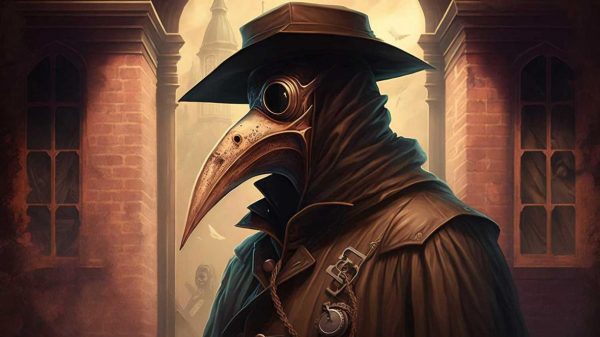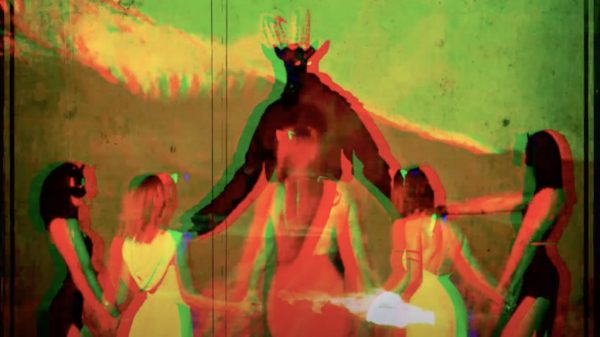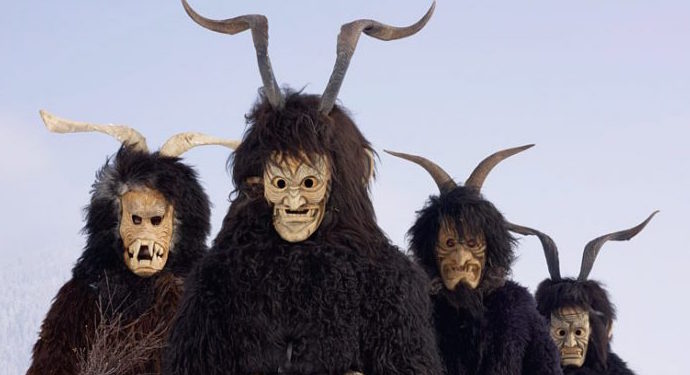When I was a boy, I think it’s safe to say that I was very much like other boys when it came to the idea of monsters. Dracula, Godzilla, the Hulk, Goosebumps… These were the coolest things my impressionable eyes had ever seen at the time. I believe this enthusiasm stemmed from a very similar place as my enthusiasm for dinosaurs, in that both of these fired up my imagination as few other things did.
But much like how my love for dinosaurs never went away (and led me to discover how much of a biology and history nut I actually am), my love for monsters never really went away either. Be it in mythology, literature, movies, or even in video games, I’ve always found the notion of these otherwise-abnormal creations to be deeply intriguing.
Nowadays, as I’m on the cusp of my 20s, this fascination has developed into a much broader interest in the human mind, and what it’s capable of conjuring. In this case, the basic idea is that a monster is the human mind’s way of making sense of that which is, inherently, senseless. Death, misfortune, and the unknown are but a sliver of fundamental causes that humans have attempted to rationalize through their imaginations. So in essence, monsters are the physical embodiment of those deep, dark, and entirely human fears.
The power that this kind of fear can hold on people is no more apparent than in the case of witch hunts. Just about everyone is aware of the infamous 1692 Salem witch trials, in which multiple people were accused of witchcraft, and promptly tried and murdered over what is now almost unanimously seen as mass hysteria. But many years prior, on the opposite end of the globe, Europe had long exhibited its fair share of moral panic and hysteria.
The source? Lycanthropy.
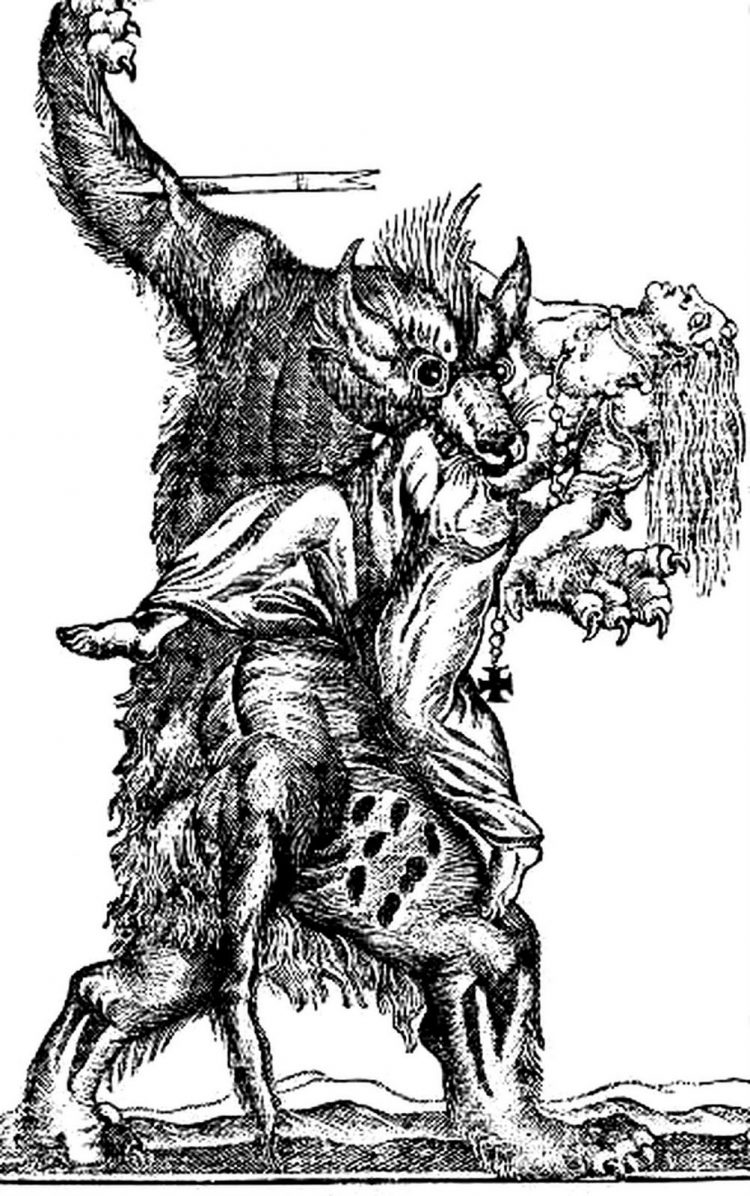
As you most likely know, lycanthropes (more commonly known as werewolves) are people with the ability to transform into a wolf or wolf-life creature. Various legends and iterations of this monster exist within the abundant folklore of many different cultures.
For some, the presence of werewolves on earth was just as real as you and I; and while the idea of ‘monsters’ are predominantly a product of the human mind, in Europe, many lived in centennial fear that these creatures were entirely real. All across old Estonia, the Netherlands, France, and Germany, there were a decent number of documented attacks by large beasts, along with various accounts of individuals being accused of lycanthropy. Whether they were murderers, cannibals, or even complete innocents, many of these individuals ultimately met their end due to these accusations.
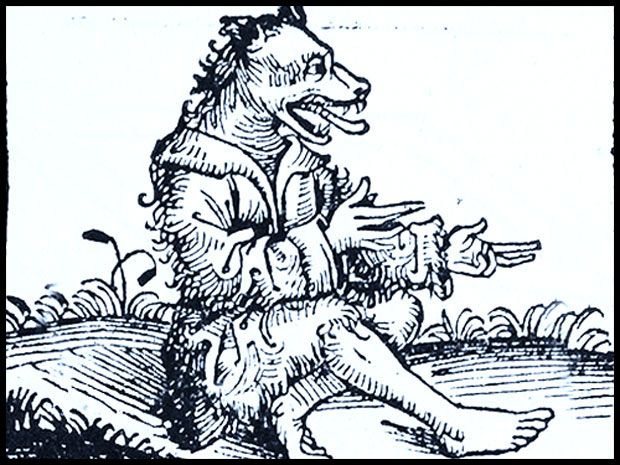
One of the first known accounts of somebody being accused of lycanthropy was in France, in 1521. Michel Verdun, Philibert Montot, and Pierre Bourgot were arrested and tortured by French authorities to confess to the crime of lycanthropy, after a wolf attack had supposedly occurred in a nearby settlement. Verdun was the one to give up the names of Montot and Bourgot. They were forced to confess to the notion that they received a type of ointment that granted them their shape-shifting abilities, in a kind of ‘deal-with-the-devil’ sort of situation. By disavowing God, they were supposedly granted protection – along with a relentless, terrible power.
Consequently, all three of these men were found guilty of lycanthropy and swiftly executed via burning at the stake by French authorities.
Gilles Garnier is another notable case, albeit much more twisted. Garnier was a French hermit, residing within the outskirts of Dole – a small commune in eastern France. But unlike Verdun, Montot, or Bourgot, Garnier was actually a cannibalistic serial killer. According to what information can be scrounged up about the man, he and his newly-wed wife struggled to find food to feed the both of them, as he was used to only having to fend for himself. This resulted in a considerable strain in their marriage.
Somewhere during this time, Garnier obviously must have, uh…snapped, to say the least.
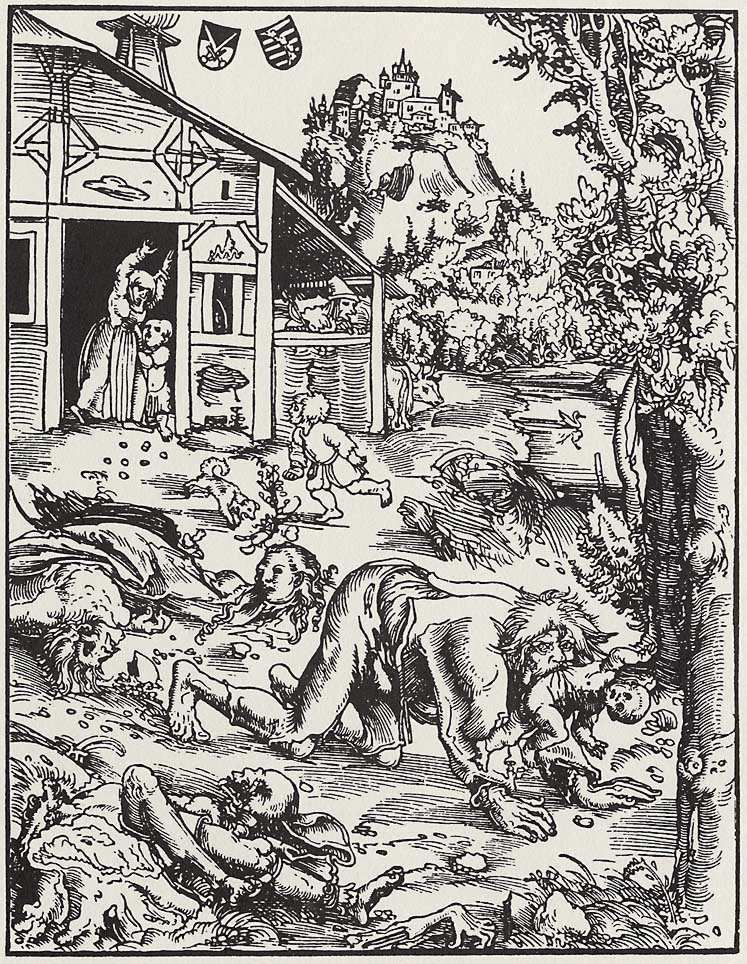
After a few children had gone missing or were eventually found dead, nearby authorities were very quick to assume that this was the work of a werewolf, and encouraged people to help in finding and slaying the “beast”. Soon after, a group of workers were able to apprehend and arrest Garnier after spotting him with a child’s corpse in the middle of the night. The group of workers asserted that they initially thought Garnier was a wolf, due to the “dim lighting” (whatever that means).
During his trial, Garnier claimed that he was visited by a specter during one of his desperate hunts for food in the forest. The specter supposedly promised Garnier an ointment that would give him wolf-like powers, and assist him in hunting more effectively. It was during this trial that he confessed to the murders of roughly 4 children, killing and cannibalizing them. Obviously, the specter forgot to tell him about that being a possibility.
Garnier was found guilty of lycanthropy, as well as witchcraft, and was burned at the stake.
Peter Stumpp – a farmer from Germany – is yet another noteworthy case, if only for the sheer cruelty and brutality in which he was executed.
After having confessed to acts of lycanthropy, witchcraft, murder, incest, and cannibalism, Stumpp was placed on an execution wheel – where he had his skin torn off with pincers, his limbs smashed with the blunt part of an axe, his head chopped off, and his body burned. Authorities made an example of Stumpp by placing his severed head on a pole next to the execution wheel, along with a wolf symbol – in an attempt to ward off any behavior pertaining to lycanthropy.
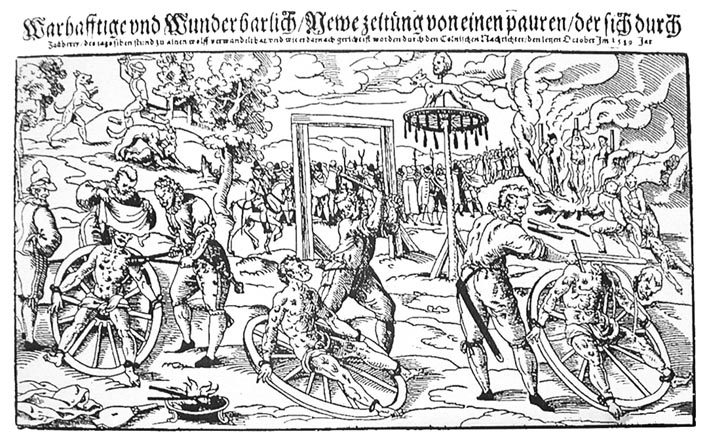
Jacques Roulet, or “The Werewolf of Angers,” was one of the few individuals to narrowly evade death when convicted of lycanthropy; he was able to make an appeal, claiming that he was of a “feeble-minded” state, and was sent to an asylum instead – his convictions lifted. He was released only a couple of years after that.
These are just a handful of incidents that occurred during this time. As many as 18 werewolf-related trials are reputed to have taken place between the years of 1527 and 1725, just shy of 200 years – all of which were in Europe.
But among the multitude of trials and convictions during this 200-year span of time, few were quite as outlandish as the trial of Theiss of Kaltenbrun, in 1692.
Theiss was a man of Livonian descent, who openly proclaimed and embraced his alleged lycanthropy. He believed himself to be what he termed a “Hound of God”, asserting that he would travel to Hell three times a year (along with a number of other vigilante werewolves) to fight the Devil himself, along with his servant witches. According to Theiss, these missions were motivated by the idea that the Devil and his witches were “stealing the Earth’s livestock and grain” – apparently for their own…nefarious agricultural practices, I guess.
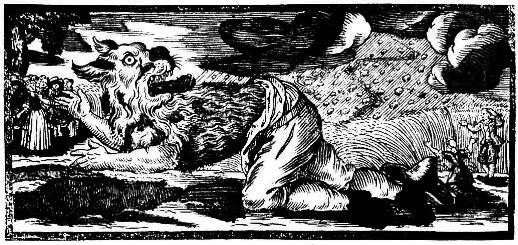
Seeing as the Swedish sect of Livonia was a devoutly Lutheran dominion, Theiss’ claims led him to being questioned by the judges about his own religious inclinations – more precisely, they questioned if he was Lutheran enough. He wasn’t.
In fact, Theiss was an active practitioner of folk magic, having made a name for himself as a healer of wounds, and a charmer.
Despite having no direct correlation to any inherently evil or “satanic” ideologies, his deeds were nonetheless deemed evil by the judges of Swedish Livonia, and he was promptly banished – but not before they could flog him, though.
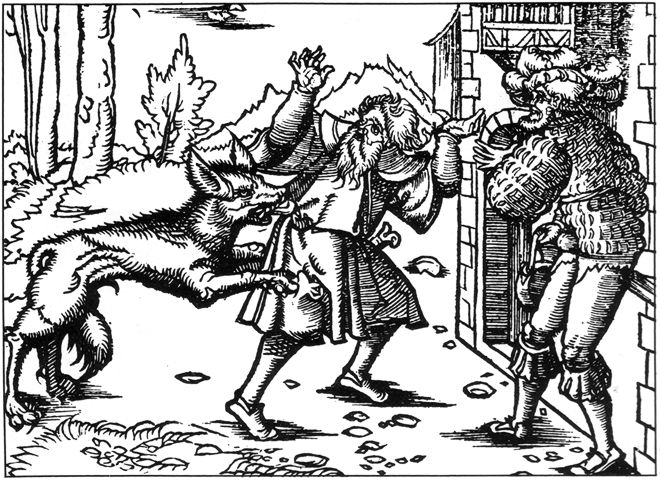
Putting aside the slightly cringe-worthy cliché of this sentiment…it’s a lot like what the age-old adage entails: “people fear what they do not understand”.
Suffice it to say, these people clearly lived in deep fear of werewolves. But more specifically, I think people were terrified by the idea of werewolves, or even the general idea of a monster – prowling their homes, devouring their sheep, and even stealing their grain to concoct a horrible bowl of Sinister Cereal or even a bowl of Repulsive Rice!
If anything should be taken from this, I feel that these multiple incidents (plus the surplus of others that I didn’t cover) should serve as prime examples of what happens when humans allow their minds to race… perhaps a bit too much. Seeing as very little was known or fully understood about the human condition, or mental health, or even the behavior of other species outside of our own at the time, the widespread hysteria and superstition that seems to be characteristic of this time period makes all the more sense. People were truly scared of the unknown; that which had no immediate answer. And yet, so many people were simultaneously very quick to jump onto these bizarre, superstitious beliefs, and cling to them with every ounce of conviction that they could possibly give.
This, much like the Salem witch trials, should serve as a cautionary tale to never fall into the trap of extremism or isolationism, and to always strive to think critically.
We should never stoop so low into savagery…that we become monsters ourselves.

